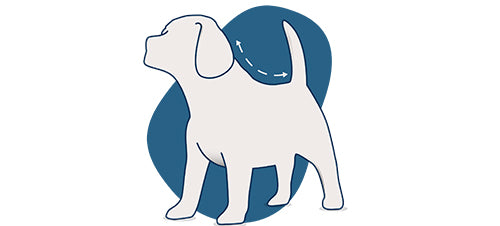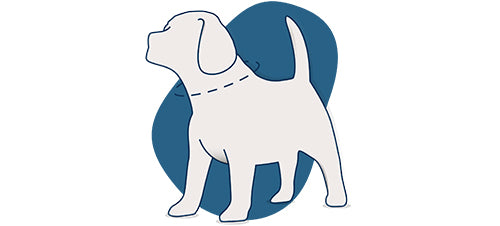As we enter Summer, and temperatures begin to rise, you may be wondering if you can put ice in your dog’s water bowl and is it safe? Cooling mats and paddling pools are more than likely your go-to for keeping your dog cool during the hot weather and whilst they’re great for use while you can be with your dog, what about when you’re away from the home? Each year, the main question is whether ice can be put in your dog's water bowl, and if it is safe to do so. According to animal charities and vets, ice is usually okay to put in your dog's bowl.
In this blog, we explore how often you should be washing your dog's bowl, when it's okay to give them ice, and what type of dog bowl is best for you and your dog.
When Can I Give My Dog Ice?
Generally, it is usually okay to put some ice in your dog’s water bowl – there are just a few things to make sure of to keep your dog safe:
- Make sure the ice cubes aren’t too big for your dog, so that they’re not a choking hazard
- If your dog is showing signs of heatstroke do not give them ice, and contact your vet immediately
- Does your dog wolf down their food? Try giving them smaller ice cubes or ice shavings so they don’t damage their teeth
How Do I Know If My Dog Has Heatstroke?
As temperatures soar, as a dog owner, you should be aware of potential heatstroke (or sometimes referred to as heat stress). Your pooch responds to heat the same way us humans do, luckily, we have sweat glands all over our body, however your dog will only have them around their nose & paws - many pooches rely on panting and external cooling to lose the heat. The good news is, you can prevent heat stroke in dogs, by knowing the symptoms and keeping your dog cool and out of direct sunlight. Look out for signs of excessive panting, drooling, agitation/restlessness, very red or pale gums, bright red tongue, increased heart rate, breathing distress, vomiting, signs of mental confusion, dizziness, weakness, seizures and collapsing. If your dog experiences any of these, contact your vet immediately and don’t feed your dog ice unless instructed to do so.
How Often Should You Wash Your Dog Bowls?
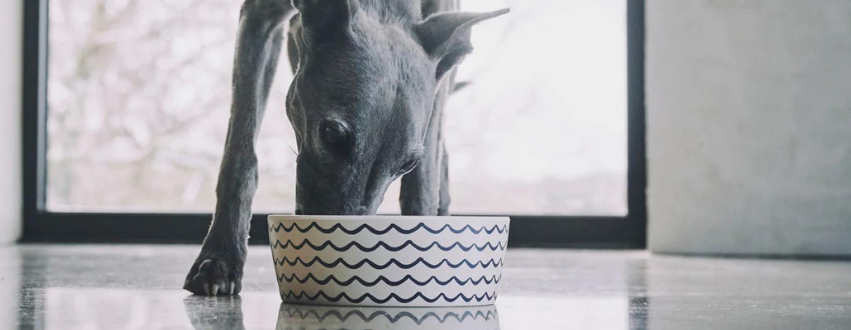
In order to keep your dog's bowls germ and bacteria-free, you should wash them with warm soapy water after each meal/use. Dog bowls easily build up bacteria due to the bacteria being transferred whilst eating and flourishing on any leftovers. Bacteria can lead to health problems and tummy upsets for your dog so it’s best to keep on top of keeping them clean. You may want to alternate bowls and have a few spare so your dog always has access to fresh water whilst their bowl is being cleaned.
Are Ceramic Or Metal Bowls Better For Dogs?
With lots of options and sizes of dog bowls, you may be wondering what to opt for, and what is best for you and your pooch. If you want to refresh your dog's bowls before summer to put those ice cubes in, it’s good to know bowls come in a few different materials, ceramic, metal, and plastic, and finding the right bowl for your dog is important for both you and your pup.
Metal Bowls
Metal bowls are a great and durable choice for your dog as they won’t easily scratch or dent – even boisterous dogs are unlikely to break them. They are one of the most hygienic options as bacteria cannot easily survive on stainless steel. Regularly cleaning your bowls will ensure all bacteria has been removed.
Metal bowls, however, don’t come in the same patterns and colours as other materials, so if your pooch is style conscious, maybe look at another material. If your dog is playful at mealtimes, metal bowls might be easy to pick up and play with - if this is likely for your dog, you might want to consider using a heavier ceramic bowl instead.
Ceramic Bowls
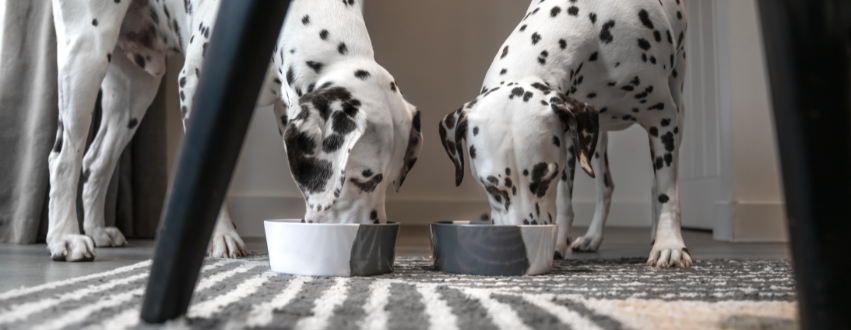
Ceramic bowls come in a much wider variety of patterns and colours so are great for matching your interiors and even personalising with your pooch’s name. They are usually heavier than metal bowls so are less likely to move whilst your dog is eating - so are great for messy eaters too! The glazing on ceramic bowls makes them easy to clean and helps protect them from bacteria but do make sure you are washing them after mealtimes to avoid any nasty stomach upsets for your pooch.
Are Plastic Bowls Bad For Dogs?
Plastic bowls are a popular choice due to being inexpensive, lightweight, and relatively long-lasting but are they safe for your dog? There are many reasons why purchasing plastic bowls isn't recommended for long term use, dogs that are prone to scratching and chewing plastic bowls may make mealtimes unsafe and often plastic bowls allow bacteria to build up if not properly cleaned regularly. It is also possible for dogs to develop allergies to plastic which may irritate their skin.
A great alternative to plastic is the range of melamine bowls by Tarhong, they have the practicality of plastic but are also dishwasher friendly – so easy to keep up your bowl hygiene too. However, if your dog does prefer a plastic bowl, we recommend getting a high-quality, food-grade plastic and replacing it once there are signs of wear and tear.


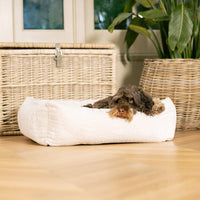

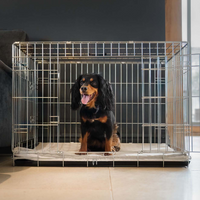
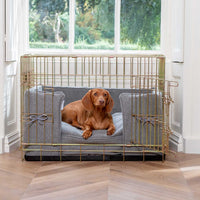
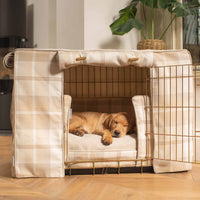
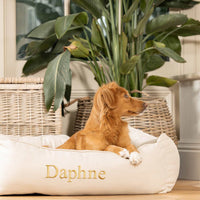
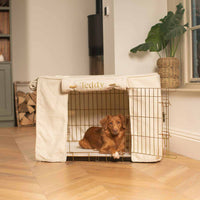
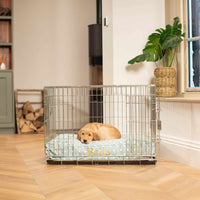
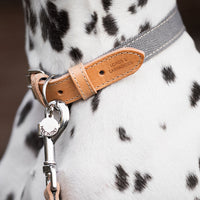
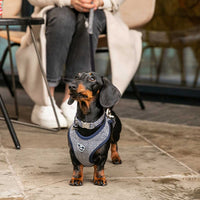
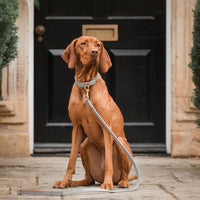
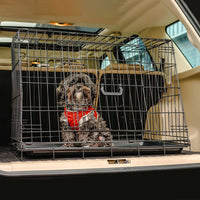
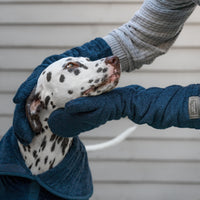
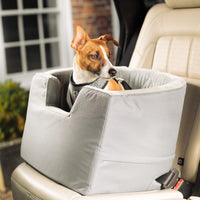
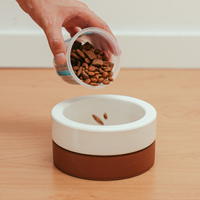
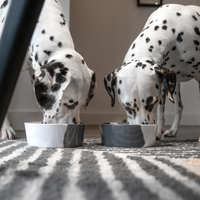
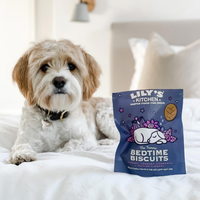
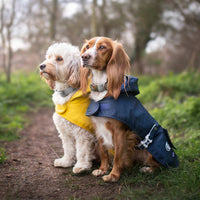
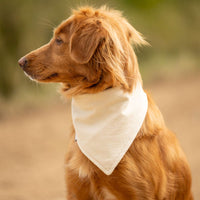
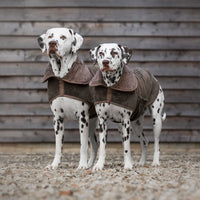
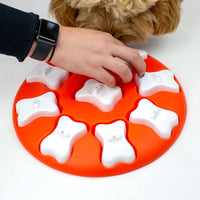
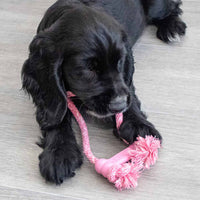
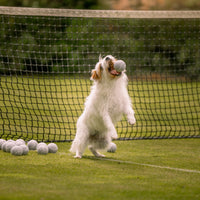
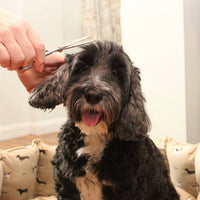
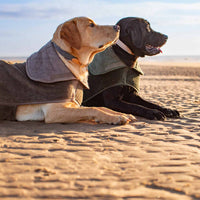
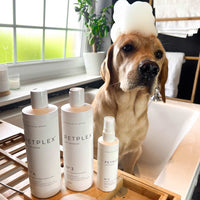
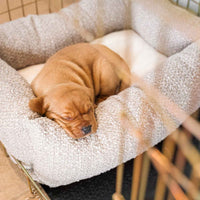
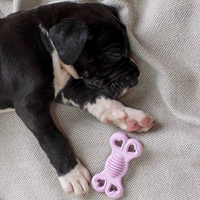
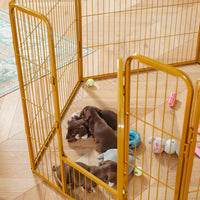
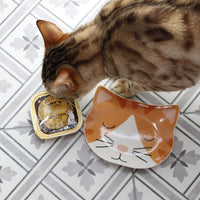
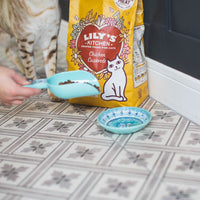
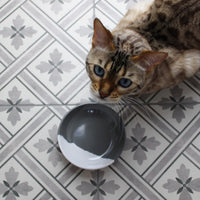
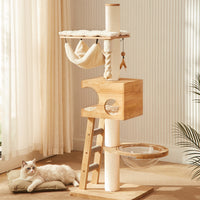

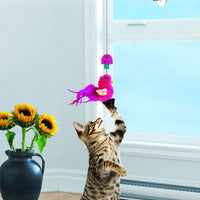
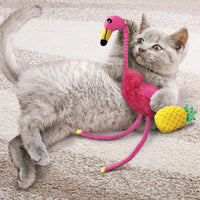
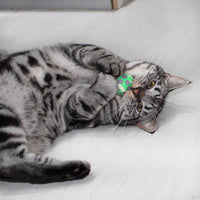
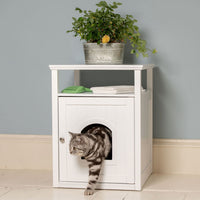
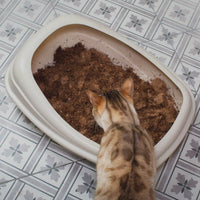
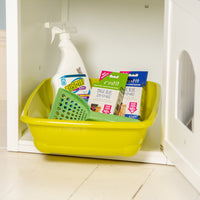
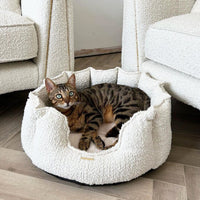
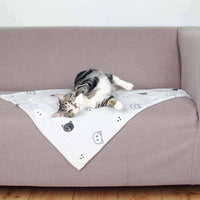
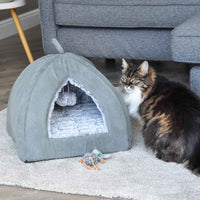


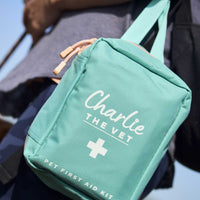
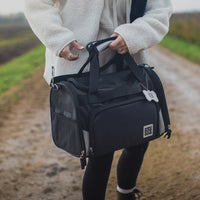

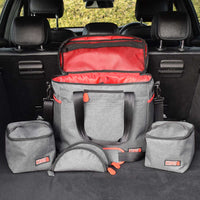

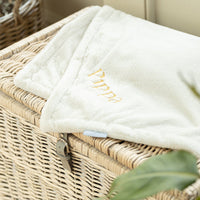
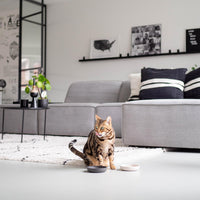
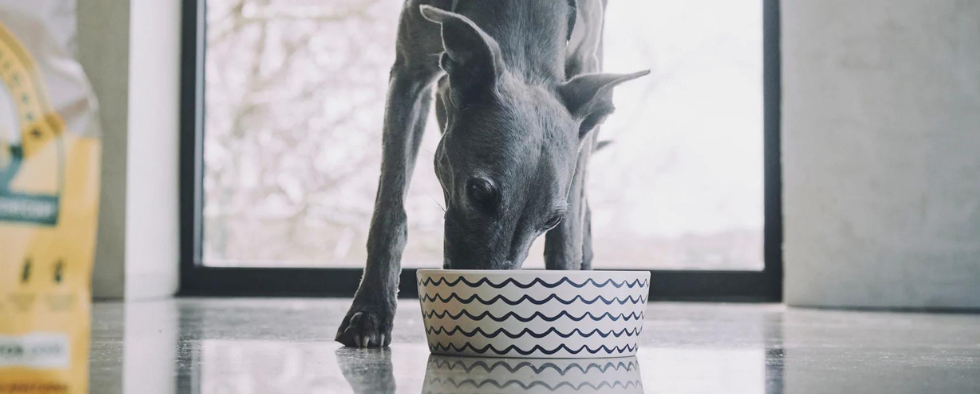

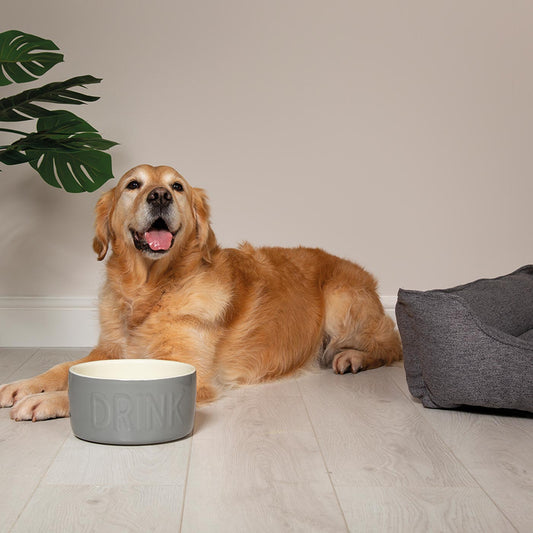
![[color:grey]](http://www.lordsandlabradors.co.uk/cdn/shop/files/ScruffsScandiNonTipBowl.jpg?v=1684154709&width=533)



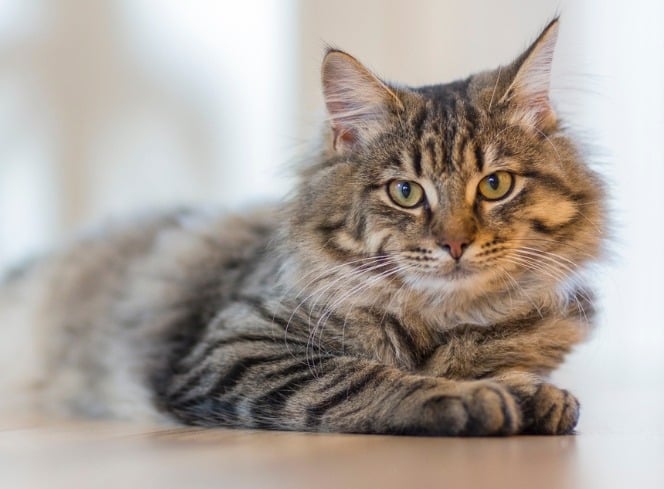

.jpg?v=1727958217793&options=)































